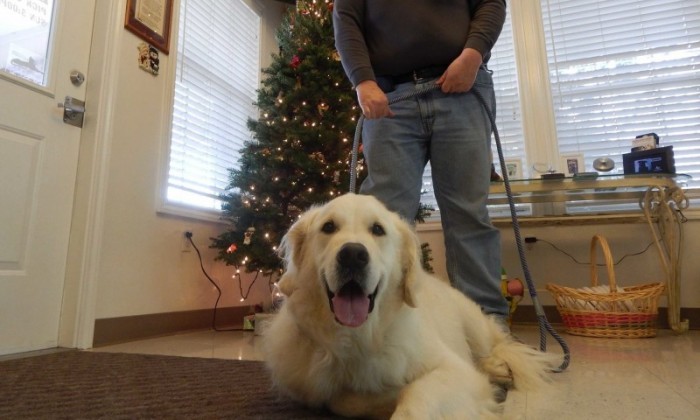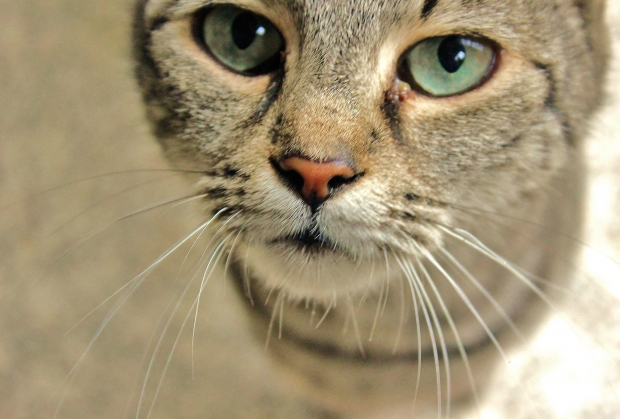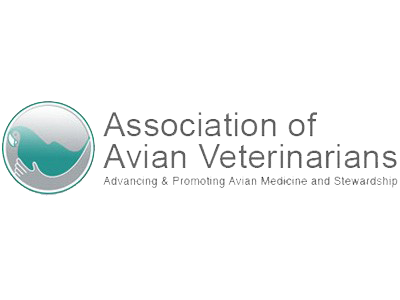 The number of people traveling with their pets, especially during the holidays, is growing. As a result, the number of options available for pets on the road is growing too. Whether it be rooming with family or friends, or staying in a hotel room, the time has never been better to pack up your pet and go.
The number of people traveling with their pets, especially during the holidays, is growing. As a result, the number of options available for pets on the road is growing too. Whether it be rooming with family or friends, or staying in a hotel room, the time has never been better to pack up your pet and go.
However, traveling with your pet can off some challenges, but nearly all can be beat with common sense and creativity. Here’s what you need to know when you’re traveling with a pet in the car over the holidays.
Continue reading Traveling with Pets in the Car Over the Holidays
























